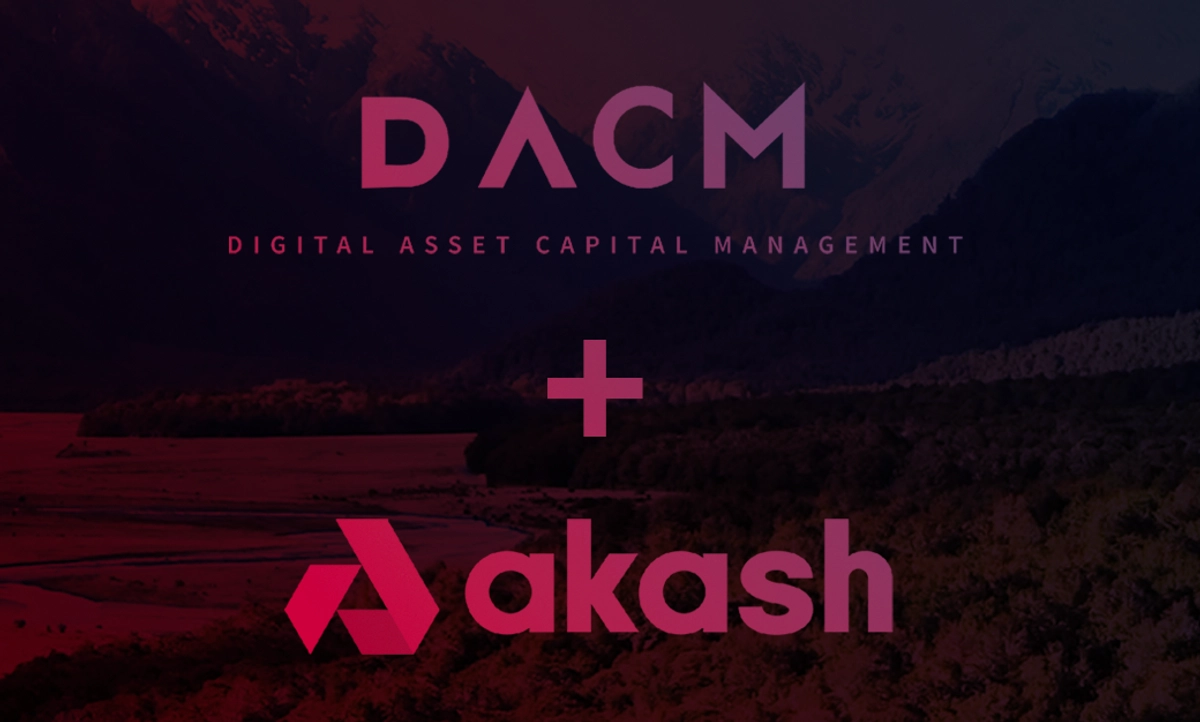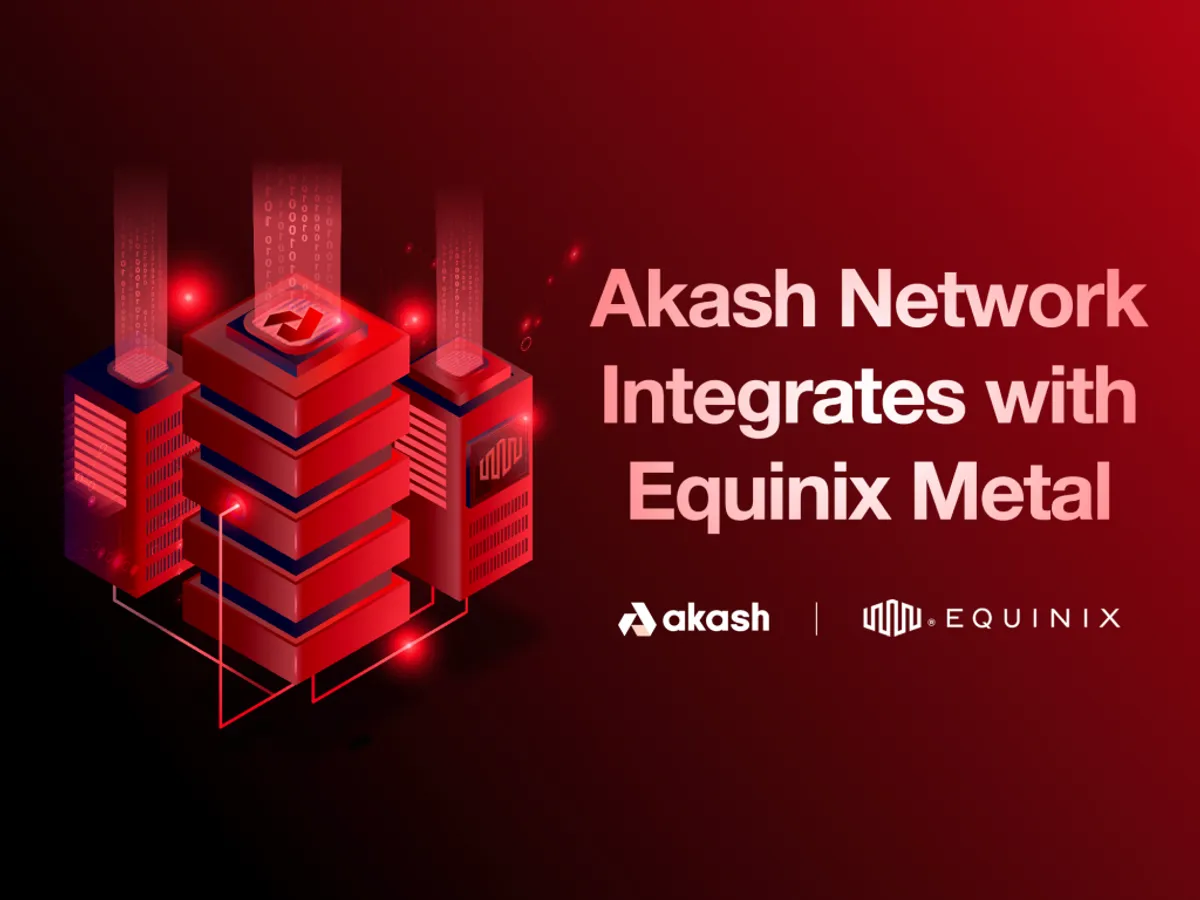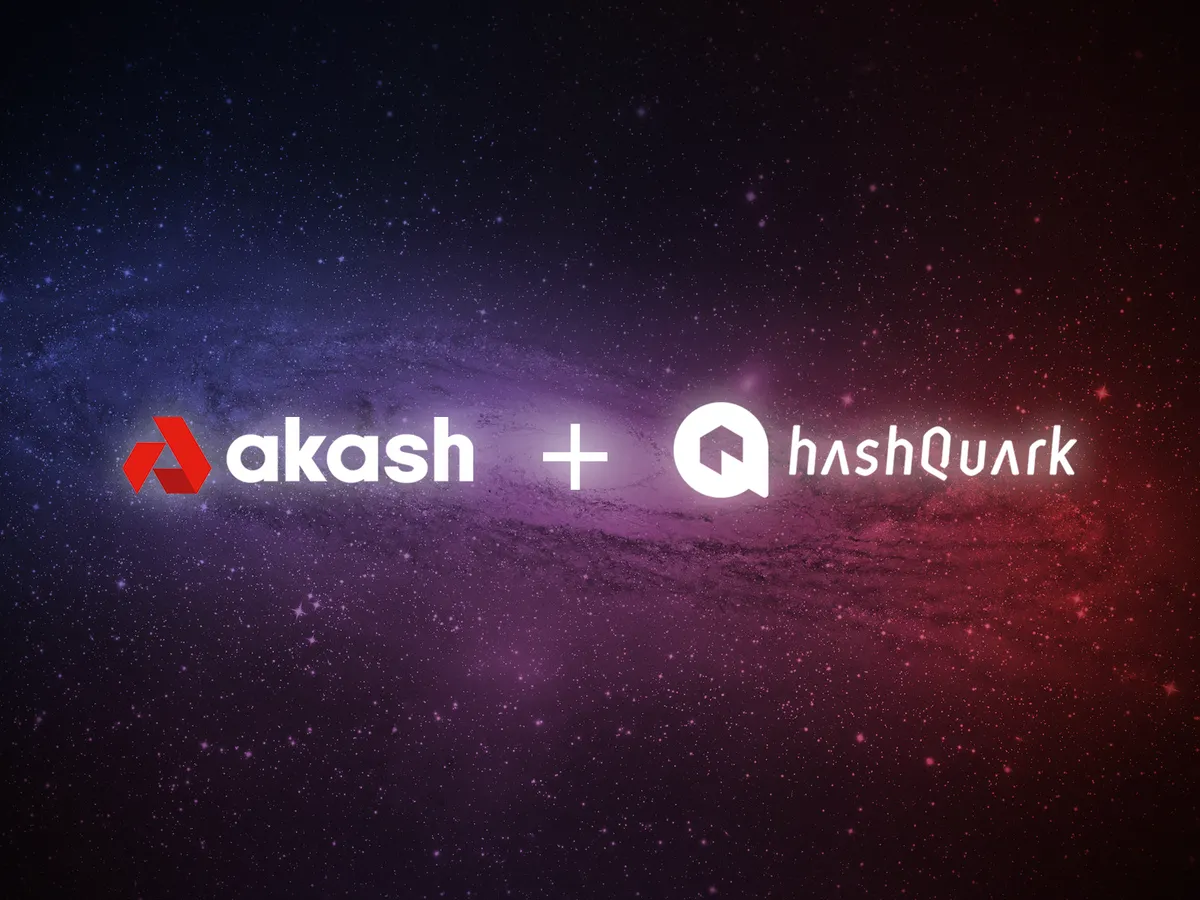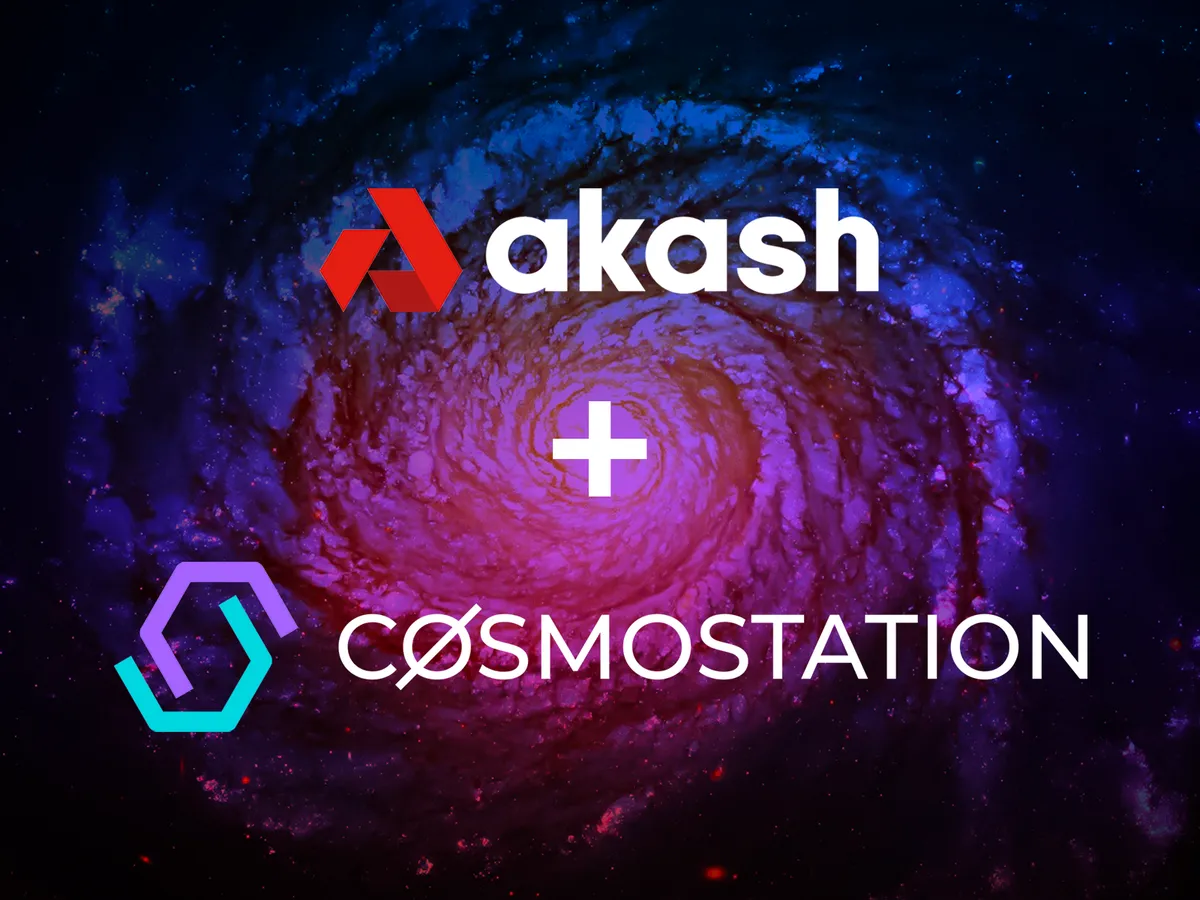
“We were excited about Greg and team’s experience and knowledge of the market—even down to customer-by-customer granularity. We like to invest in teams that can build great tech but just importantly help drive usage of it. The Akash team’s knowledge and passion for what they are building made the decision for us.” — Richard Galvin, CEO
We are proud to introduce DACM as a valued partner of Akash, helping us bring our vision of an open, decentralized, and unstoppable cloud to the world. Since its inception 3 years ago, DACM has grown into a pre-eminent force in a burgeoning new asset class, accruing accolades for their performance, including 2019’s #1 performing Crypto Fund by DAF Liquid Venture Fund.
We recently synced up with Richard Galvin, CEO of DACM, to gain insight into the firm’s success, and to learn about his journey from Goldman and JPMorgan “bankster” to CEO of an award-winning global digital assets firm.
How did DACM start, and grow into what it is today?
_____
I worked in banking in Australia for 20 years at both Goldman and J.P. Morgan across both advisory and financing teams. For most of my career I was focused on the TMT sectors – Tech, Media and Telco. When I left banking I was looking for something very different, but also wanted it to utilise the things I had enjoyed the most over the last two decades – high-growth tech opportunities and financial markets. In the break I had after leaving banking, a good friend encouraged me to research Bitcoin and, in a familiar story to many, once I started reading, I never looked back.
I started investing my own capital and fell for the pace, innovation and market-ecosystem – building out an investment management business focused on what I believe is the most exciting and disruptive tech of a generation was a compelling business prospect. However, a core understanding of the tech and connectivity with thought leaders, in what is still an opaque sector, was key, and the same friend who led me to Bitcoin introduced me to Gabriel Abed.
Gabe has been in the space for many years and has a cryptography background – it was clear immediately that our respective skill sets were complementary. We had the same perspectives on where digital asset technology was headed, and we both had the time to commit to growing what we wanted to be the leading investment manager for global institutional and family office investors.
We started building the business in early 2017, managing our first external capital in Q3 2017 and launching our first public fund, Digital Asset Fund in January 2018, our second fund, DAF Liquid Venture Fund in August 2018, and our third fund, a market-neutral derivatives-focused fund, DAF Greeks Fund in August 2019.
Digital Asset Fund was the second best performing long-only crypto fund globally in 2019 and DAF Liquid Ventures was the top-performing VC crypto fund. It’s exciting for the team that the vision we had in 2017 and the investment approach we have stayed true to, has helped see us through both bullish and bearish markets.
You are self-described reformed Goldman and JPMorgan bankster — I’d love to hear more about that. What was your experience like there, and what inspired you to go into the digital asset sector?
_____
I had a great career in investment banking. The pace and excitement of the work was both addictive coming straight out of university, as well as an incredible training ground through the inspiring senior bankers I worked for over my career, and my junior years in the training programs that the banks have in place.
The roles I kept being drawn to in the industry had two things in common – high-growth/tech oriented clients and interacting with financial markets – so when I was looking for the next opportunity, digital assets were the purest form of both those attributes I have yet found. I knew it was for me.
How has your experience at these firms informed your digital assets investments? What translates from that world, and what doesn’t?
_____
Yes – very much so. We lean heavily upon the core valuation and diligence practises learnt at those firms, and I believe it has helped us make better investment decisions for our funds. Staying true to these approaches has helped us cut through the noise that the crypto market, and all markets, create – continue to invest through bearish markets and don’t get distracted by the hype and emotion that comes with strong bull markets.
What doesn’t work? Banking is, from my perspective, still a fast-moving industry but it’s nothing compared to this sector. You need to adapt the speed of decision making dramatically in this sector or you will have a long list of missed opportunities and regrets!
What drew you to work with Akash?
_____
We actively run a number of nodes/validators for our portfolio companies and through this, and other business-related activities, we have become significant (for us at least) users of cloud computing services – it can get expensive! We have always seen this as a great use-case for crypto to disrupt but, until Akash, hadn’t come across the right opportunity.
The core differentiators we saw for Akash were its understanding of the end-market, focus on re-setting the cost-curve, and simplifying the experience for users. The design leverages crypto at what it can be good at - bringing distributed resources together - but also minimises its involvement in what it traditionally hasn’t been good at – UX.
We were excited about Greg and team’s experience and knowledge of the market—even down to customer-by-customer granularity. We like to invest in teams that can build great tech but just importantly, help drive usage of it. The Akash team’s knowledge and passion for what they are building made the decision for us.
What makes DACM different from other investors in the ecosystem?
_____
I can only speak for our own processes, but it is very focused on what I would classify as “traditional” analytical methodologies – we utilise the experience our team has in detailed financial analysis and modeling as well as our experience in granular due-diligence to make what we believe are informed investment decisions.
We also ensure we make assessments of a project’s entire value creation chain – not just the design and ability to build the tech, but the team’s ability to build a community and manage the myriad stakeholders that are involved in a successful crypto project with a listed token.
I believe this process, and sticking to it without exception, has not only helped us avoid a number of potential mistakes, but also to find differentiated opportunities that have been incredible investments for our funds.
Crypto is an idiosyncratic environment that’s constantly evolving, and you’ve established yourselves as experts at navigating it. How do you keep your finger on the pulse?
_____
We work very hard at building and maintaining global networks of both founders and investors to ensure we hear different perspectives and global news flow. Part of that is in running a decentralised team ourselves - we have team members in Australia, Southeast Asia, Middle East, and the Caribbean – which gives us great geographical coverage but, given the majority of information flows electronically, we also lead and participate in a broad range of online networks.
We encourage everyone on our team to be active members in these communities – both sharing and listening to perspectives.
I see that you’re based out of Australia — what is the ecosystem like there, and how does it effect the way you invest?
_____
Growing! It’s been a great base for me personally – Australia has, what I believe, an enviable position in the world with strong business ties and networks through Asia alongside historical and language connectivity through the UK and US, which is invaluable in a truly global sector like this.
The local ecosystem is really coming into its own over the last 18 months with local teams or Australian founders - the key drivers of the DeFi revolution including sector leaders Synthetix, mStable, RenVM, dHedge and Thorchain.
How do you envision cryptocurrency changing the world?
_____
We have a high-level thesis that three key trends in the world are ongoing digitisation, decentralisation, and falling trust in traditional institutions. Whilst the third may be disappointing in some respects, we still believe these are likely multi-decade trends the world is facing. In our opinion, cryptocurrencies, and more broadly digital assets, have emerged at the perfect time - they are essential tools to help facilitate this change.
Given our team’s background, the ability for this tech to disrupt and reshape the traditional financial sector has been a focus for us but the use-cases are broader than that and really only limited by innovators’ ability to find instances where costs can be reset, and efficiencies generated.


